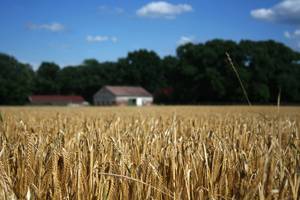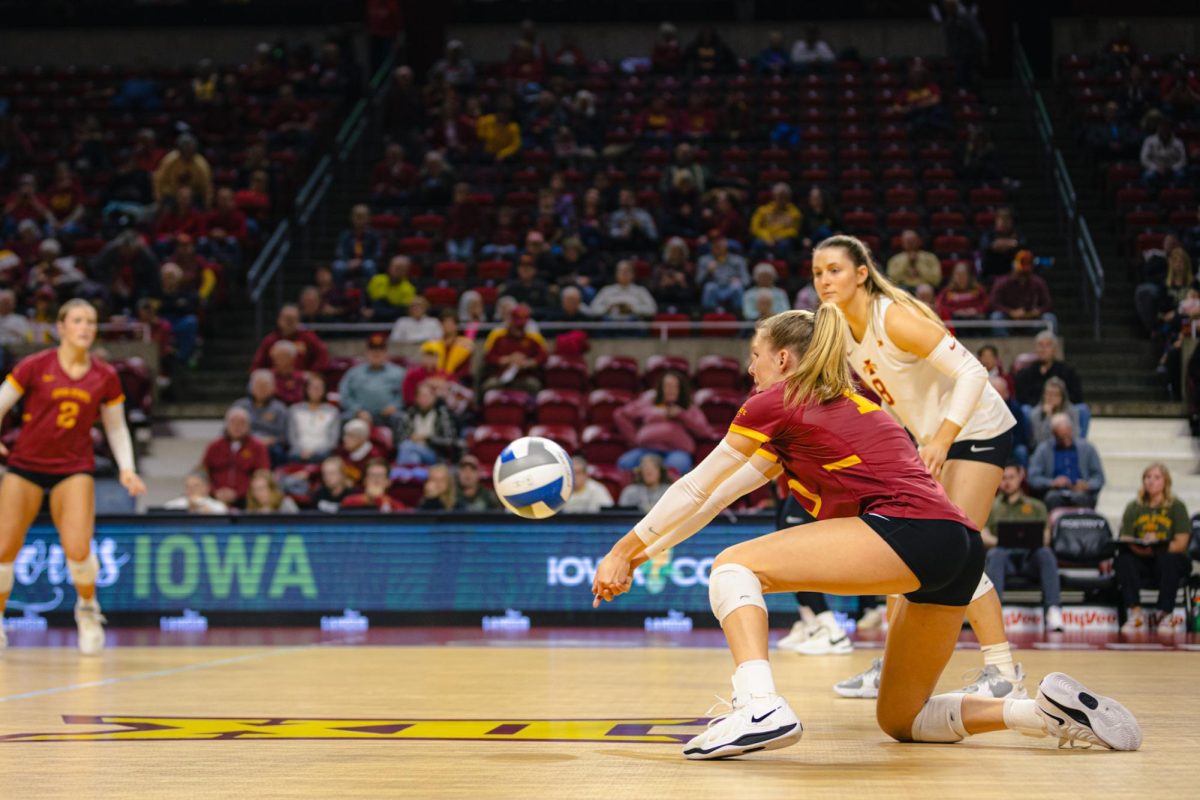HOLLINGSHEAD: Young farmers needed to bring ag home

Courtesy: Stefanie L.
September 21, 2008
Since the development of the internal combustion engine, the world around us has evolved and changed, making everyday work simpler for us while adding to a higher standard of living.
Most of us remember our grandparents telling stories about walking to school uphill both ways; how they ever did that we will never know. And don’t forget to throw in the worst blizzard they ever saw in their lives while walking to school. Most of that generation, however, was involved in agriculture, but many of their children were not, because most of our parents were beginning their careers in the ‘60s and ‘70s, when modern agriculture was coming into full swing.
Now, of we grandkids of that generation, there are even fewer involved in agriculture. Why is this?
Technology has replaced people in every industry since humans first appeared, but for those of us involved in production agriculture, we know how valuable it is to us and to our state. I’m not trying to talk about the good old days, but it is essential that we do not forget our roots, and remember what our grandparents went through, and what our great-grandparents went through so we can live the quality of life that we do every day.
Technology has not pushed people away from agriculture. It has helped many farmers work to a much later age, making it harder to transition into the next generation, and we need young, educated, energetic men and women to continue their family farms however they best see fit.
Producers’ concerns in the next ten years are how big farms will get, and when an individual farmer say big enough. As individual farmers grow large farms, bringing young people home will continue to be a challenge. According to the USDA National Agricultural Statistics Service, in 1987 there were 105,000 farms, and in 1992 there were 96,500 farms after the farm crisis of the ‘80s. In 1997 there were 90,800 farms, and today there are 88,400 farms. It does show there are fewer people leaving agriculture, but there still has to be work done to bring our young farmers home.
There needs to be a place for everyone of all sizes in the market. For example, some people contract feed hogs for a large company, but there still needs to be a place for independent livestock producers who may furrow 300 sows. There should be a place for the farmer who has 500 cows, and also for the farmer with 40 cows. We need to have a place for middle-sized farms, not just large row crop farms that only want to get bigger and bigger and push out their neighbors, but as the price for inputs continues to rise, and as profit margins become tight, farms have to expand. According to a study conducted in 2007 by Gary Hachfeld from the extension regional office in Mankato, a total of 850 farm families from the South Central/Minnesota West Adult Farm Business Management Program kept household and personal expense records. Their average household and personal expense for the year was $74,804 with an average family size of 3.4 persons, and according to that same study a farmer needs to have 928 acres to sustain that income. As you can see, if one farm is supporting four families, you would need roughly 4,000 acres.
If we want agriculture to grow and prosper, we need to bring young people home. We have to continue our strong livestock and bio-economy and continue research into new technologies related to the bio-economy, because it has created many opportunities for young people. Without those economies, Iowa would not be as stable as it is.
According to the USDA’s National Agricultural Statistics Service, in 2007 Iowa’s corn crop is worth $9.5 billion, soybeans are worth $4.8 billion, the cattle industry adds $2.1 billion and pork production adds $3 billion to Iowa’s agricultural economy, just to name a few of Iowa’s agricultural Industries. These statistics truly point out the value of agriculture to this state.
How do we make this possible? Well, it starts with a supportive family at home that encourages farmers’ sons or daughters to come home and farm, but without forcing them. Second is education. A farmer needs to have common knowledge of agriculture, starting with vocational agriculture programs in high school.
Lastly, kids wanting to return home need a post-secondary education.
Aaron Putze, Executive Director for the Coalition to Support Iowa’s Farmers said, “There is no doubt that education is important for young men and women returning home to the farm inside and outside the classroom, and depending on what kind of operation the family runs, it may be the deciding factor on their area of study. If the family runs strictly a row crop operation, they may enter agronomy. If they are row crop farmers wanting to grow their livestock operation, they may choose to enter the animal science area.”
“Education goes beyond the classroom. You have to have a passion for what you are doing, and you need to be involved in activities outside the classroom. Many successful farmers have four-year degrees in agriculture from state universities, but yet there are many successful farmers with two-year degrees from a junior college,” Putze said.
“In today’s era of agriculture, we rarely see young men and women returning home without a college education, because it is important.”
— Chet Hollingshead is a sophomore in agricultural studies from Ogden






